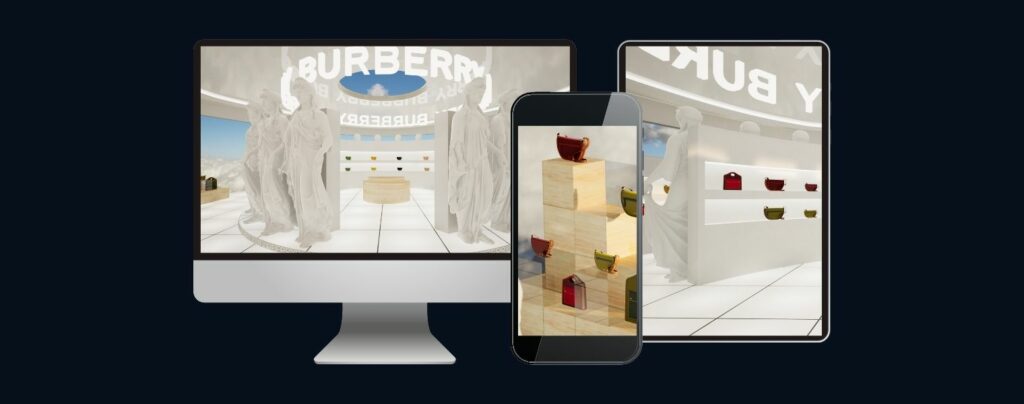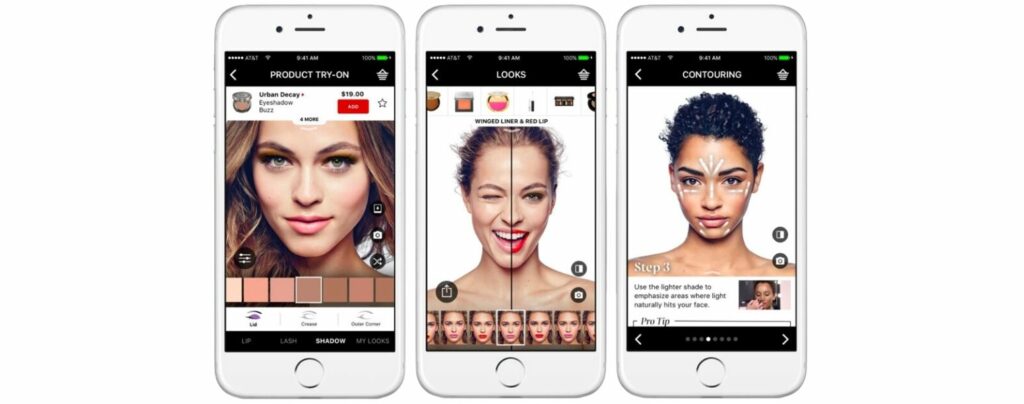We use cookies to improve your experience. By continuing to use this website you agree to our cookie policy.
Shopping is one of the most vital parts of society and maintaining a social lifestyle. It contributes to our survival (food, drink, gas). Still, it also prides itself on creating a fun experience, giving people a chance to spend time with friends and family while engagingly promoting brands.
A virtual store is the next big step, becoming more integrated into our lifestyles and promising to make a more significant impact in the future. So what exactly is a virtual store, and how can it develop with the progression of technology?

Defining a Virtual Store
A virtual store is essentially a marketplace situated entirely on the internet. Online shopping sites like Amazon and eBay qualify as virtual stores. But as technology develops, so does the definition of a virtual store.
With the rising popularity of virtual and augmented realities and the ever-increasing popularity of the Metaverse, virtual stores are set to become more engaging and immersive.
Mobile apps can come in handy for those looking for less immersion, presenting a compact way for viewers to browse a store while also offering augmented reality that can complement the physical shopping experience. AR emphasises discovery and seeing things from new perspectives, and what better place to do that than with retail, an industry that already celebrates choice and novelty?
Today’s ultimate virtual store experiences are the panoramic 3D experiences, often embedded into brands’ websites. These virtual tours can be digital replicas of their physical counterparts or a whole new, outwardly concept presentation. For example, Dolce & Gabbana released a virtual boutique experience that lets users explore one of several of their boutiques worldwide and even includes an advisor who can aid customers through the experience and help them select products to purchase.
Virtual Stores and Augmented Reality
Virtual stores aren’t necessarily about stepping into fully realized digital worlds adjacent to the physical ones we live in.
The addition of AR into those stores makes for an enhanced shopping experience that often could never exist in a brick and mortar store. Virtual shopping assistants can help customers find what they need and make the shopping journey as rewarding as possible with expert knowledge. At the same time, some luxury stores and boutiques include AR-enhanced mirrors in changing rooms, allowing you to try on and select the right clothes for you digitally.
This makes the shopping process a lot easier and smoother, personalising the experience and helping to revitalise a standard part of life.
The more profound levels of engagement encourage the promotion and recognition of brands. With AR as a shopping concept, users will feel more fulfilment and fun. This pairing with the AR applications and partnerships between retail brands and social media sites creates a golden opportunity for users to sample AR features and share their experiences. This helps portray a positive image that will encourage people to try out the brand.

So naturally, virtual stores using AR are more likely to be engaging and generate feelings of excitement in their customers. Personalisation puts users front and centre and provides a much-needed facet of human connection to the digital shopping experience.
Virtual Stores and Metaverse Shopping
VR is not the be-all and end-all of the virtual stores, though.
The rising digital presence of shopping has been a massive benefit for brands looking to enhance their digital marketing. They have the opportunity to provide a more layered and customised experience for each shopper, and these sentiments match well with the introduction of the metaverse into the social sphere.
The metaverse is an entirely virtual space where people can socialise as digital personas and creates the most fully realised world outside of the real one.
With its projected popularity due to the importance of technology in modern lives, many retail brands are eager to get a spot in the metaverse marketplace. This will grant them unrivalled digital promotion and marketing options, allowing them to make their mark in their new world order and diversify their brand, appealing to their future loyal clients. That, coupled with the fact that the metaverse comprises dozens of separate virtual worlds, means that the potential for business to skyrocket is exponential.
Virtual stores in the metaverse will also cater to different types of shoppers. People may treat the virtual worlds as a substitute for physical shopping. Rather like most current digital stores, they will purchase products and receive a physical copy to make the most of their day to day lives.
Alternatively, shoppers may be looking to enhance and deepen their virtual experience by making the most of the metaverse lifestyle. This would entail purchasing digital items that would remain digital, such as fashion to dress their virtual avatar in. This can help to make the metaverse feel more lived-in and create a more rounded virtual society.
Like the fashion and retail industries it is shaped around, the rising influence of virtual stores on people’s social lives can only serve to impact the future of shopping as a whole positively.
Virtual stores pride themselves on their creativity and freedom. With modern technology, virtual stores can become more fleshed out and realistic, creating a space where customers will want to invest hours and keep coming back for more. The importance of virtual stores is only beginning to take effect. While they may never fully replace physical stores, they usher in a future where physical and virtual shopping are better-aligned and make for a never-ending shopping experience.
